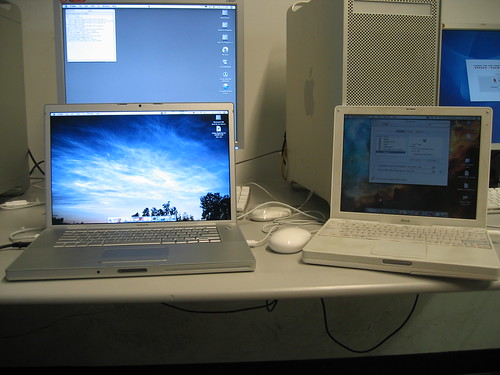With cloud computing, a small business can reduce the amount of overhead it shells out in file collaboration, online backup and capital expenses. When using traditional computing models, a company would have to provide quite a substantial capital outlay just to get started. Not only were physical servers required, but everything needed to get them going would also have to be paid for in advance, including hard disks, memory, operating system software and user applications. In addition to the servers and their required components, all of the items necessary to create a data center would also have to be purchased up front. Equipment such as server racks, cabinets, networking hardware, power cables, cooling systems, security systems and other data center-related components can quickly blow a project’s budget. The initial bill alone is enough to put off many start-ups from even starting up!

You Get What You Pay For
Cloud computing changes all of this, providing a “pay-as-you-go” model for computing services. When using cloud computing, a company only has to pay for the resources it actually consumes. There is no longer a need to purchase, install and deploy massive amounts of hardware and software just to get started, only to discover one’s project is either over-built or under-supplied. This pay-as-you-go model allows a project to shrink and grow its demand for both processor time and network bandwidth. A company no longer needs to constantly pay for running idle servers days on end. When a cloud-based server is not being used by one cloud computing customer, it can be allocated to another. This trait, known as scalability, is a fundamental characteristic that makes cloud computing what it is. Why spring for server hardware when you can better use that money for VoIP phones or LiveDrive’s online storage solutions?
What Scalability is All About
Scalability works by allowing a cloud provider to share all cloud resources amongst multiple clients. With cloud computing, computing and network resources are housed in a data center just as they are in traditional deployments. The biggest difference is that cloud computing servers are typically hosted by a cloud provider who rents them to multiple clients instead of just servicing one client. Cloud servers tend to make use of virtualization software that allows multiple systems, known as instances, to operate concurrently on the same hardware. This scheme allows multiple customers to each have the appearance of running on their own separate computing servers even though all instances actually share the same storage, memory, networking hardware and processors being used by a single cloud server.
Cloud Computing the Timeshare Way
The cloud computing model can be thought of as being analogous to a condo timeshare. All timeshare owners claim title to a given unit but don’t actually make use of it at the same time. Each is given full access to the unit’s bedrooms, appliances, utilities and recreational facilities, but only for a certain time. When that time is up, they vacate the unit and allow the next set of owners to occupy the unit. The same goes for cloud computing instances; each instance gets to “occupy” the cloud server for a given amount of time before it must vacate and give way to the next occupant. The biggest difference between switching cloud instances and timeshare occupants is that cloud instances switch within milliseconds instead of days or weeks.
About the Author: This article is written by Danny Cheston

